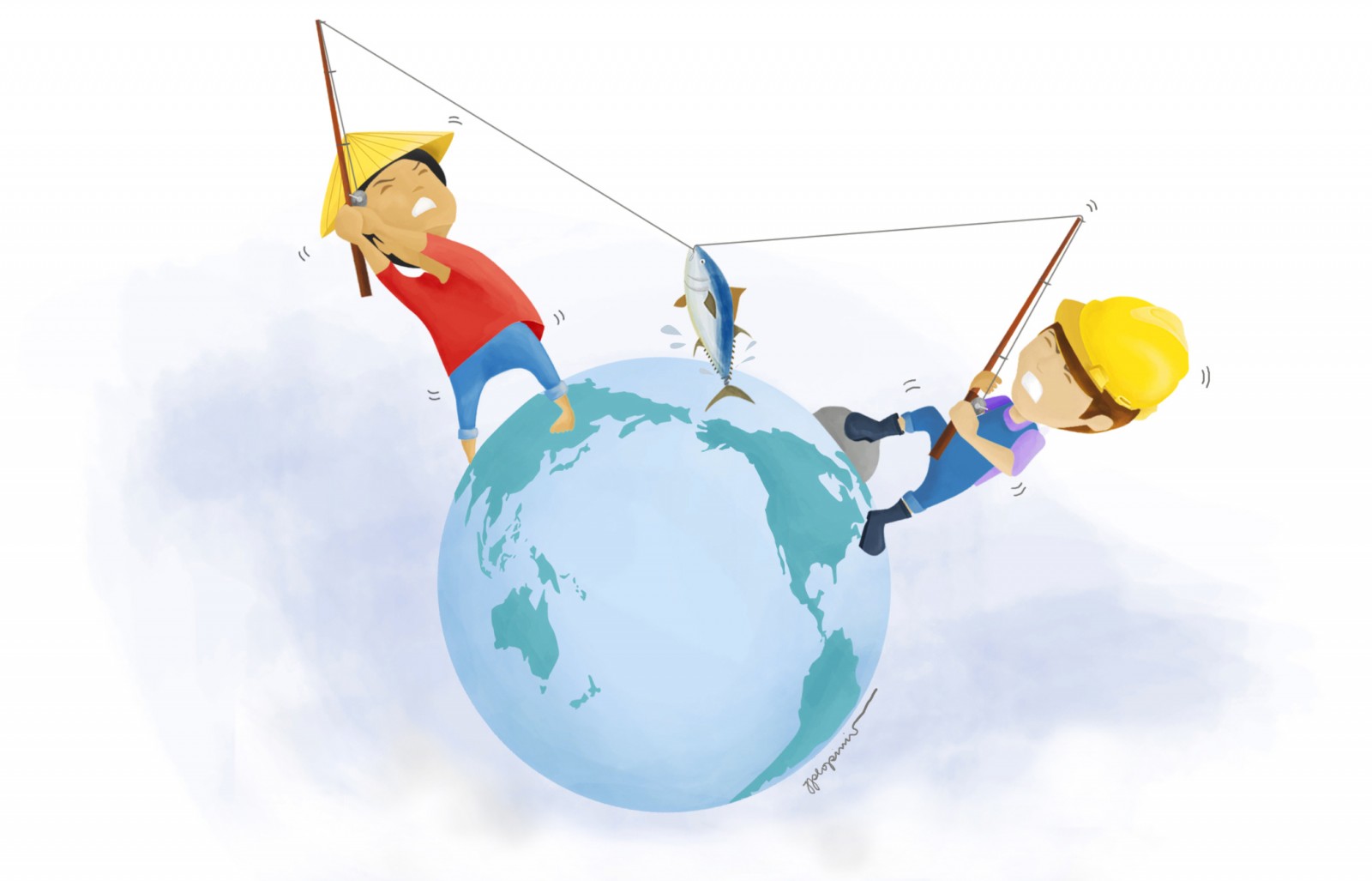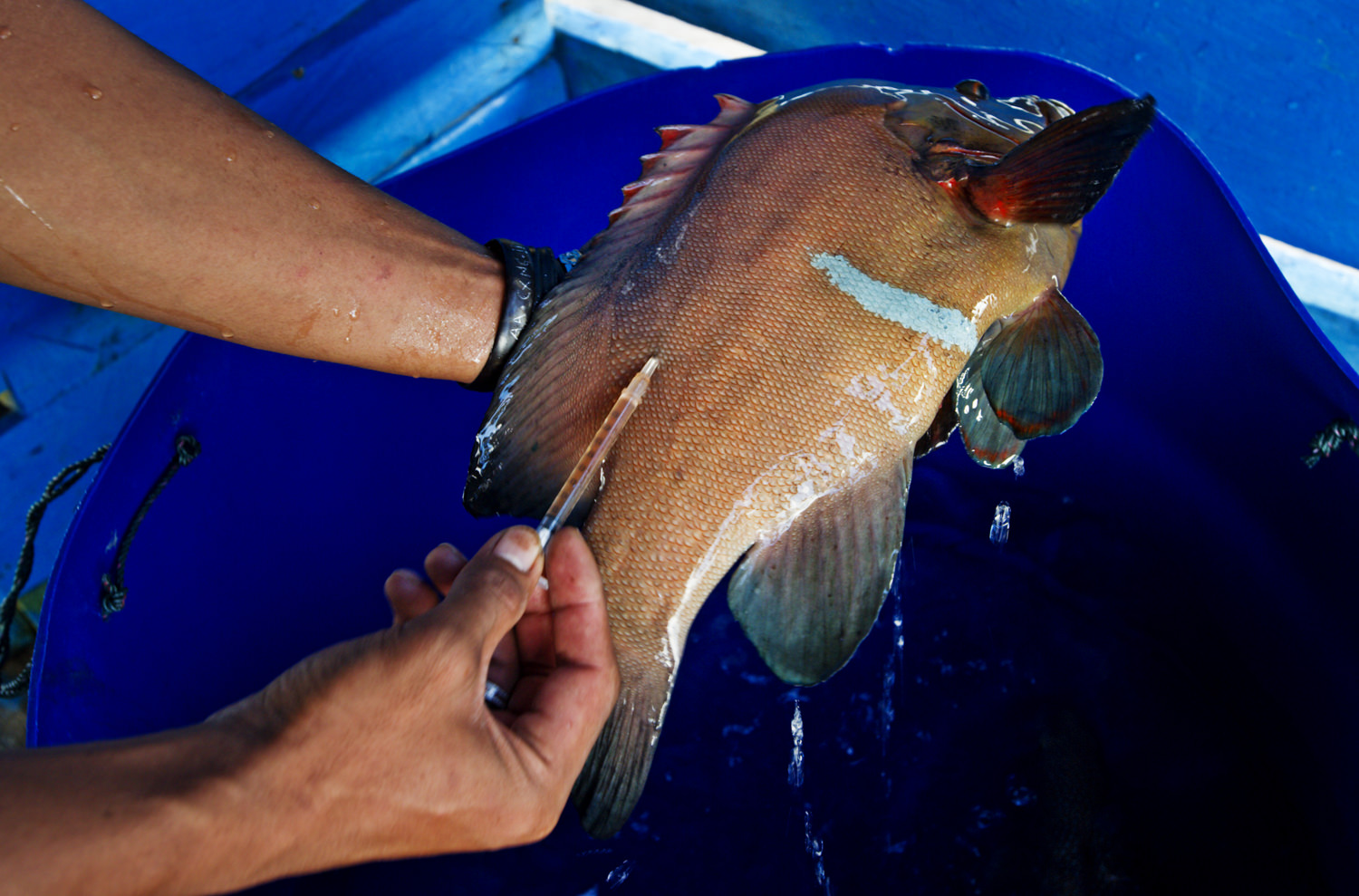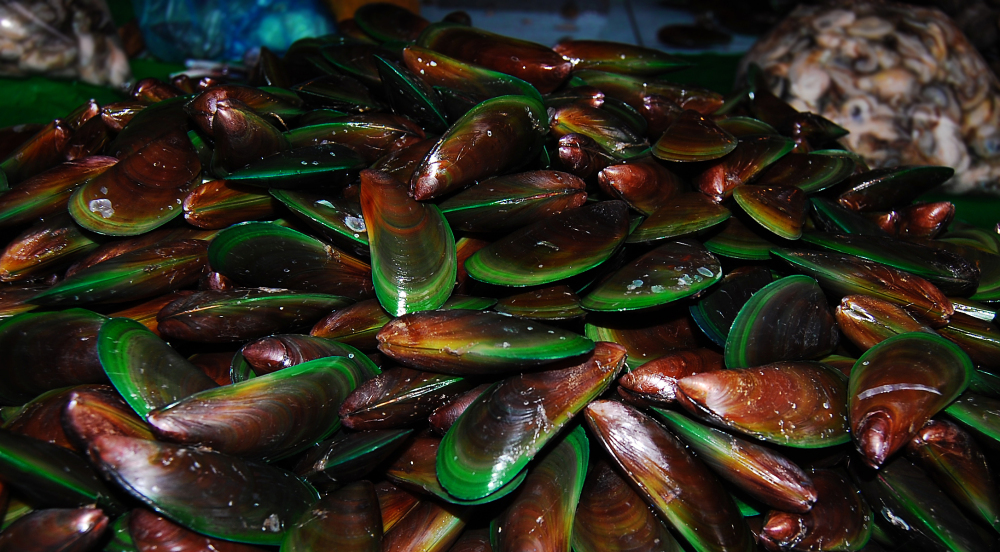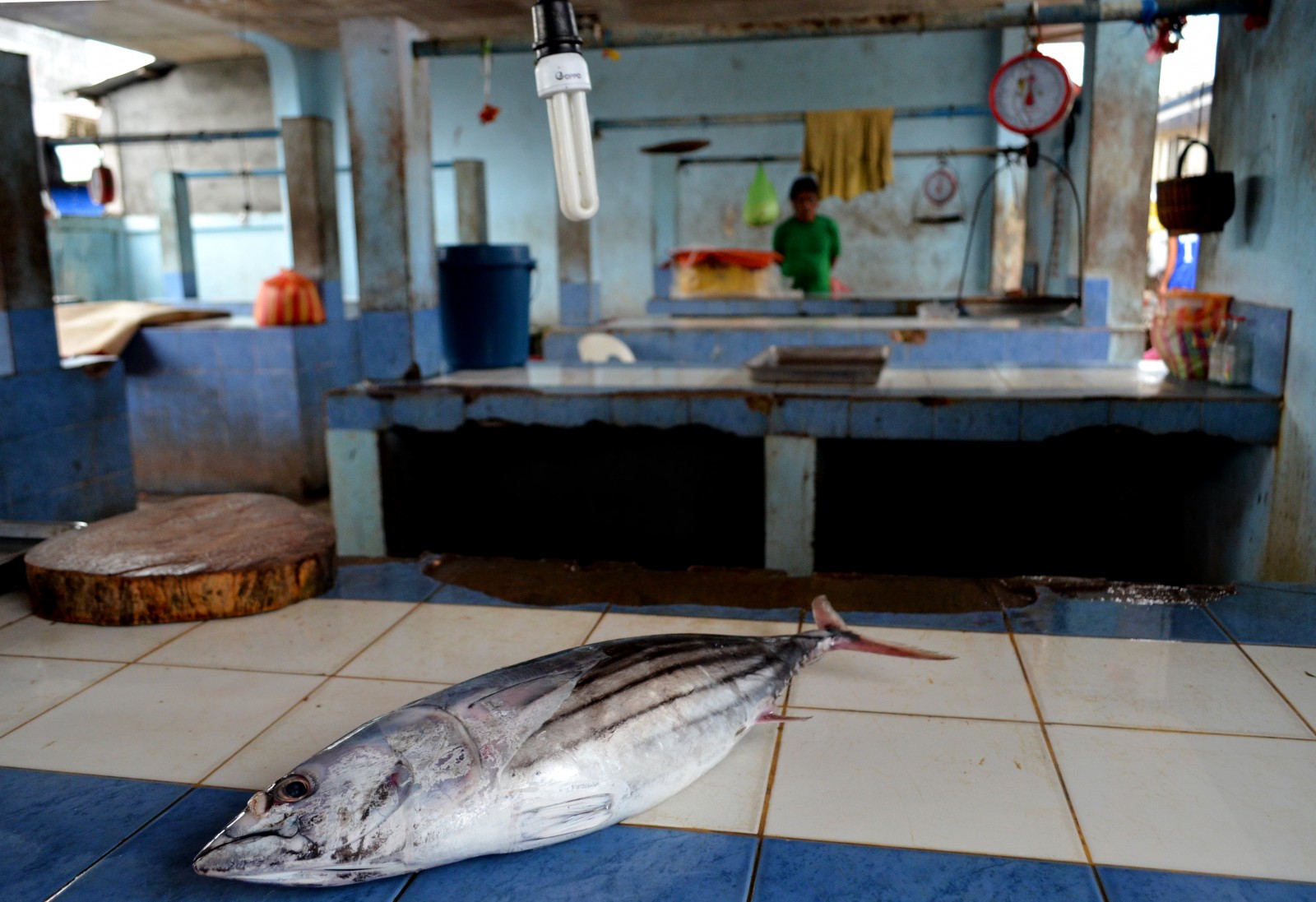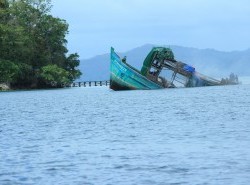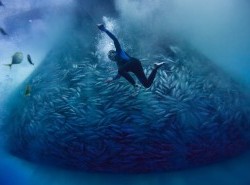Future seafood connoisseurs beware – you may soon have to shell out US$100 or more for a tuna slice, snapper cutlet or grouper fillet - species that in many areas are being catastrophically overfished. But there’s good news for both skates and cheapskates. Commodifying seafood might just prevent tomorrow’s fish from swimming into dire straits.
‘Four Fish’ author Paul Greenberg dubs seafood humanity’s last wild food. Over 10,000 years ago, humans realized that farming was safer and less tiring than stalking grumpy herds of buffalo and mammoth. It wasn’t just animals we tamed either. Through trial and error and by sheer experimentation, we realized which fruits and vegetables took well to the plow. On terra firma, we built a kingdom of the gut. But our seafood story is far different.
Until 5,000 years ago, domestication seemed trivial as waters never stopped heaving us food of the finned kind. In the mid-20th century, fishers were reeling in about 16 million metric tonnes of savory seafood entrées yearly. By the 1990s, fishing had become a global industry. We learned more efficient ways to hunt our quarry – with fishing fleets employing helicopters, sonar trackers, GPS devices, and massive seine nets to scour not just coasts, but the vast oceans. Yearly hauls bloated fivefold to 80 million tonnes. It seemed then that the big blue truly was our Cornucopian Horn, that oceans could forever gift humanity with freedom from hunger.
Oh, we were so wrong.
Now, despite bigger boats, longer fishing hours and better technology – wild seafood yields are tanking. Take that delectable deepwater giant, the Bluefin Tuna. There are actually three types, so let’s zoom in on the so-called least endangered one, the Pacific Bluefin, known to science as Thunnus orientalis, and to gourmands as Maguro. So prized are they that one 222-kilogram fish was sold in January 2013 for a mind-blowing $1.76 million (PHP 71 million). No critter that commands this price is safe, so fishers stake life and limb scouring the sea for blue-finned bounty. Pacific Bluefin stocks are thus taking a nosedive. The International Scientific Committee for Tuna and Tuna-like Species in the North Pacific Ocean (ISC) says that the global population has shrunk by 96.4% compared to unfished levels.
Wild fisheries just can’t keep up with demand, so hold off the sushi for now. Other species like the Patagonian Toothfish (marketed as Chilean Seabass in the same way Pangasius Catfish are sold as Cream Dory) have endured a similar fate. In 1996, African trawlers with lines deployed over 5,000 feet deep averaged 1.4 kilograms of Chilean Seabass per hook.
By 1998, the fishery was so depleted that each line hooked a paltry 0.1 kilograms. Despite sanctioned catch limits, the $1,000 (PHP 40,000) price tag per fish drives many trawlers to scoop up what remains. To supply demand, fishers moved on to similar species, also marketed as Chilean Seabass. This sea tale offers a vital lesson – that suave marketing can re-ascribe value to many commodities.
By doing so, dwindling stocks are given a breather. In 2009, University of British Columbia fisheries researchers pegged the total fish biomass of the world’s oceans at two billion tonnes. Fleets annually catch about 77 million tonnes, about a 25th of the global total.
A 2003 report chronicled how 90% of Earth’s oceanic predators have already landed on our plates. Sure, we can’t expect the depths to be limitless – but these waning numbers wouldn’t warrant worry until we realize that 50 years ago in 1963, there were only three billion people on Earth.
Today there are more than seven billion. Given the ongoing decline of wild fisheries and the mounting effects of climate change, how do we feed all these people?
Wild fisheries just can’t keep up with demand, so hold off the sushi for now. Other species like the Patagonian Toothfish (marketed as Chilean Seabass in the same way Pangasius Catfish are sold as Cream Dory) have endured a similar fate. In 1996, African trawlers with lines deployed over 5,000 feet deep averaged 1.4 kilograms of Chilean Seabass per hook.
By 1998, the fishery was so depleted that each line hooked a paltry 0.1 kilograms. Despite sanctioned catch limits, the $1,000 (PHP 40,000) price tag per fish drives many trawlers to scoop up what remains. To supply demand, fishers moved on to similar species, also marketed as Chilean Seabass. This sea tale offers a vital lesson – that suave marketing can re-ascribe value to many commodities.
By doing so, dwindling stocks are given a breather. In 2009, University of British Columbia fisheries researchers pegged the total fish biomass of the world’s oceans at two billion tonnes. Fleets annually catch about 77 million tonnes, about a 25th of the global total.
A 2003 report chronicled how 90% of Earth’s oceanic predators have already landed on our plates. Sure, we can’t expect the depths to be limitless – but these waning numbers wouldn’t warrant worry until we realize that 50 years ago in 1963, there were only three billion people on Earth.
Today there are more than seven billion. Given the ongoing decline of wild fisheries and the mounting effects of climate change, how do we feed all these people? That is something we'll be addressing in part 2 of this story, next week!
